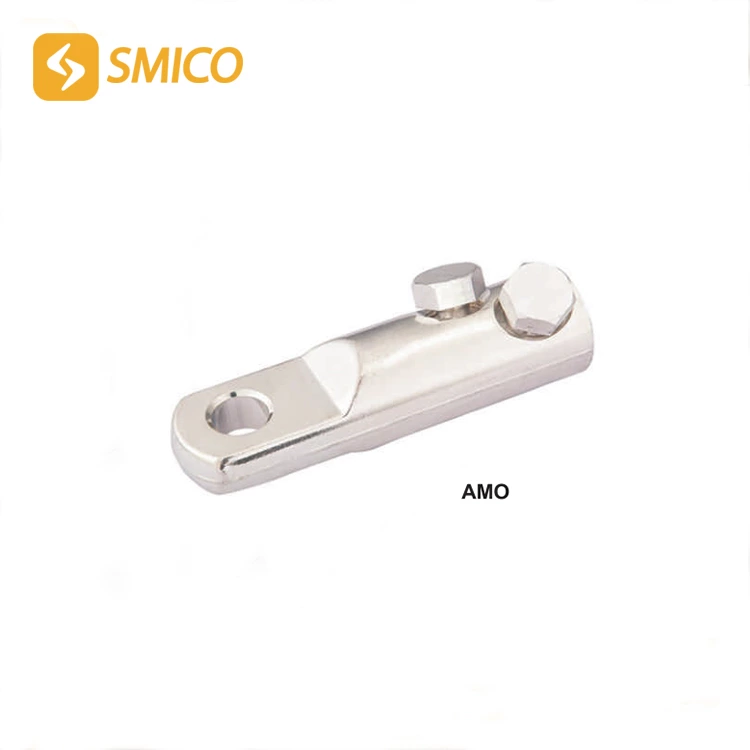A Brief Discussion On The General Technical Requirements Of Power Fittings
1. Scope of application
This standard applies to power fittings (hereinafter referred to as fittings) used for overhead power lines and indoor and outdoor power distribution devices of substations.
This standard does not apply to power fittings used in severely corrosive and dirty environments and under extremely low temperature conditions.
2. Basic requirements
2.1 Power fittings should be manufactured in accordance with the current Teng standards and drawings approved by the prescribed procedures.
2.2 The breaking load of power fittings should not be less than the nominal value.
2.3 The electrical contact performance of power fittings should comply with the following provisions.
a. The resistance between the two ends of the wire connection should not be greater than the resistance of the wire of the same length;
b. The temperature rise at the wire connection should not be greater than the temperature rise of the connected wire;
c. The current carrying capacity of all fittings that bear electrical loads should not be less than the current carrying capacity of the installed wire.
2.4 The percentage of the ratio of the holding force of the connection and contact fittings to the calculated breaking force of the wire shall not be less than the provisions of Table 1: 2.5 The percentage of the ratio of the holding force of the suspension clamp to different wires to the calculated breaking force of the wire shall not be less than the provisions of Table 2. 2.6 The raw materials for manufacturing power fittings shall be selected according to the material grades specified in the fittings drawings and meet the technical requirements of relevant material standards. 2.7 Except for gray cast iron parts, the surface of Cable Lugs ferrous metal parts shall be treated with hot-dip galvanizing for corrosion protection.

